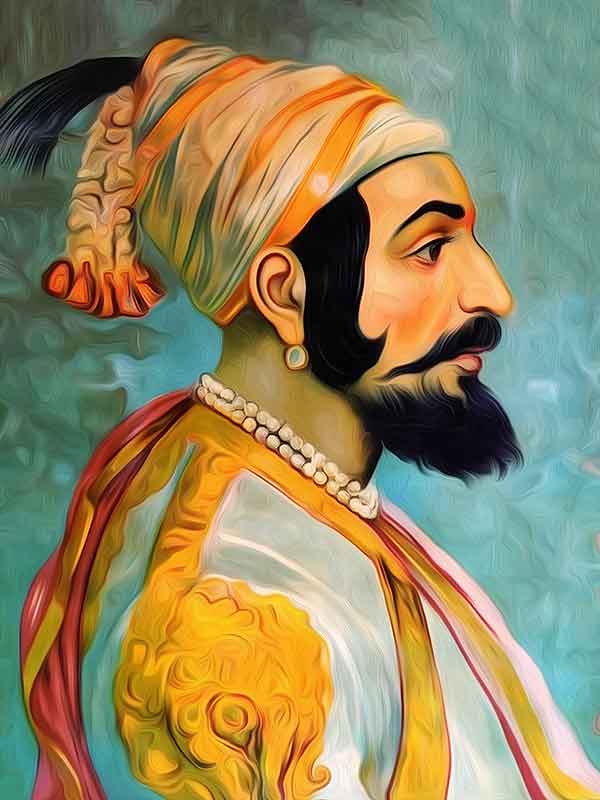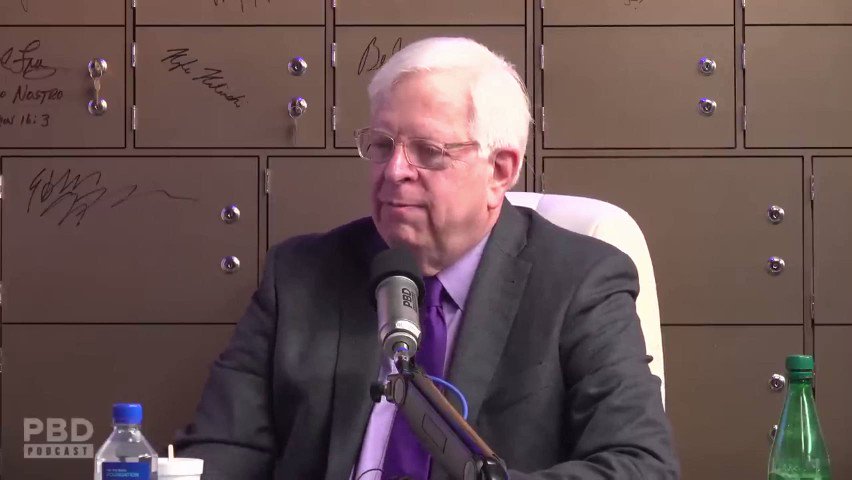More Coverage
Twitter Coverage
Satyaagrah
Written on
Satyaagrah
Written on
Satyaagrah
Written on
Satyaagrah
Written on
Satyaagrah
Written on
JOIN SATYAAGRAH SOCIAL MEDIA
“Moving mountains”: For 17 years, Dr. Madhavi Latha—India’s lone woman geotechnical warrior—fought rocks, storms, and silence to raise the Chenab Bridge, soaring 359m high, stitching Jammu to Srinagar and fulfilling a century-old dream with steel and soul

On 6 June 2025, India celebrated a proud and historic engineering feat when Prime Minister Narendra Modi officially inaugurated the Chenab Rail Bridge, a masterpiece of modern infrastructure. This extraordinary structure, now the world’s highest single-arch railway bridge, seamlessly connects Jammu to Srinagar, bringing to life a dream that had waited more than a hundred years to come true.
|
Rising 359 metres above the Chenab River bed, the bridge surpasses the Eiffel Tower by 35 metres, stretching to a length of 1,315 metres. Designed with a lifespan of 120 years, it was built to resist wind speeds of up to 260 kmph and withstand seismic activity, making it a marvel not only in height but also in resilience. The monumental structure came at a cost of ₹1,486 crore and will now host the Vande Bharat Express, offering faster, safer travel between Jammu and Srinagar.
However, this marvel wasn’t built overnight. It took nearly two decades to complete — a journey filled with obstacles, interruptions, and, ultimately, triumphant breakthroughs. The project faced a major halt in 2008 due to terrain complications and railway re-alignment. After resuming in 2010, the bridge slowly rose out of the demanding landscape to become a true symbol of India’s engineering ambition.
While the nation celebrated, one institute beamed with silent pride — the Indian Institute of Science (IISc), Bengaluru, home to Dr. Madhavi Latha Gali, the Geotechnical Engineering Professor who became the quiet force behind this national dream. Over the span of 17 years, she not only served as a core consultant but also lived and breathed every challenge that came with this project.
|
Marvel on the Hills
“We knew from the start this would be an intensely challenging project,” shared Dr. Latha, a renowned rock mechanics specialist and professor of civil engineering at IISc Bangalore, who served as a long-term consultant for the Chenab Bridge.
“What we didn’t know were the secrets the mountain would throw at us,” she told The Telegraph with a tone that reflected both wonder and exhaustion.
The landscape offered no welcome. With treacherous slopes, fragile geology, and remote access, simply reaching the site was a daunting task. Dr. Latha first surveyed the site back in 2005, arriving after a tough boat ride on the Chenab River, followed by a steep climb on foot. Seventeen years later, in 2022, the final structure stood tall, with several trial runs marking its completion phase.
The bridge’s construction required a staggering amount of resources — 28,660 tonnes of steel (equal to four Eiffel Towers), 66,000 cubic metres of concrete, and over 26 kilometres of motorable roads just to bring in cranes and other heavy equipment.
On 28 May 2025, the Indian Geotechnical Journal featured a Women’s Special Issue, where Dr. Latha published a deeply reflective and technical article titled: “Design as You Go: The Case Study of Chenab Railway Bridge.” This detailed chronicle shed light on the enormous challenges the team faced over nearly two decades and how adaptability became their strongest tool.
“The construction of a civil engineering marvel like the Chenab bridge posed many challenges from planning to completion. A rigid design with fixed dimensions and pre-determined solutions would not have been feasible, considering the continuously evolving geological and geotechnical conditions,” she wrote.
Their solution was bold: “The design-as-you-go approach adopted in this project made the construction of the bridge possible despite the critical challenges encountered in every stage during the 17 years of its construction period,” she noted.
The bridge features a massive unsupported steel arch, approximately half a kilometre in length, anchored on the slopes of both sides. Eight towering piers — four on each side — support this structure, turning a vision into steel and stone.
|
Dr. Latha described its national significance: “Connecting Jammu and Kashmir by train with the rest of the country has been India’s dream for more than a century. The USBRL (Udhampur-Srinagar-Baramulla Rail Link) project, dedicated to this purpose, was declared as India’s national project in 2002,” she emphasized.
“The project covers 272 km from Udhampur to Baramulla through the gigantic Himalayan mountains and consists of 38 tunnels in total. The bridge coming between Katra and Qazigund over the River Chenab, connecting two hills, is the world’s highest railway bridge to date, standing at a height of 359 m above the riverbed. Planning of the bridge started in 2005, and it was finally completed in 2022,” she wrote with visible pride.
Working in close coordination with Northern Railway and Afcon Infrastructure, Dr. Latha’s role was not just to provide design input, but to lead through uncertainty.
“Our objective was to design for worst-case scenarios to minimise the risk of rockslides,” she stated. In practice, this meant introducing cement grouting into rock joints and embedding steel anchors to stabilize the slopes.
“We had to recalculate anchor spacing, lengths, locations, and the amount of steel,” she said — a process that had to be redone many times due to the dynamic nature of the terrain. According to the Railway Ministry, the total length of rock anchors used was a staggering 66,683 metres.
Many construction phases called for solutions that, as Latha recalled, “were not available in any textbooks or construction codes.” Instead, “We had to reevaluate our strategies and innovate in real time,” said the former NIT Warangal graduate and IIT Madras PhD, who had just joined IISc as an assistant professor when Afcon brought her on board in 2005.
Now, after 17 years of determination and innovation, she reflected simply, “I’m happy to have been part of a project to realise a century-old dream.”
|
The Driving Force
Behind the creation of the world’s highest railway bridge lies not just steel and concrete — but years of passion, persistence, and a powerful mind that dared to challenge the impossible. That mind belongs to Dr. Madhavi Latha Gali, the geotechnical genius whose vision and expertise shaped the very foundation of the Chenab Rail Bridge. Her journey began long before the first piece of steel was laid on that daunting slope. It started in classrooms and labs, built on years of academic excellence and quiet resilience.
An alumna of the Indian Institute of Technology-Madras, Dr. Latha taught at IIT-Guwahati before joining IISc in 2004. Her technical brilliance spans several fields. Her research interests include micro to macro of geomechanics, sustainable soil reinforcement, earthquake geotechnical engineering, and rock engineering. These are not just terms in a resume — they are the very knowledge pillars that helped navigate the chaotic geology of the Himalayas and deliver an engineering miracle that the world now admires.
Dr. Latha's achievements speak volumes. She is the first recipient of the Best Woman Researcher in Geotechnical Engineering award from the Indian Geotechnical Society. Among her many accolades, she also earned the Prof SK Chatterjee Outstanding Researcher Award of IISc, the Woman Achiever Award by Karnataka Book of Records, and the prestigious SERB POWER Fellowship. Her contribution to India’s scientific landscape earned her a place in the Top 75 Women in STEAM of India, a recognition reserved for the country's most distinguished women in science, technology, engineering, arts, and mathematics.
But her road to excellence wasn't without hurdles. When Dr. Latha joined the IISc, she was the first female faculty member. Her major challenge then, however, was not academic. It was something more fundamental. The IISc website recounts a telling detail: “Back then, there were no exclusive toilets for women in the department. There were only men’s toilets,” it said, before quoting her directly: “I had to really fight to get a women’s toilet in the geotechnical engineering building.”
This small yet powerful anecdote mirrors the broader journey of women in science — breaking invisible walls while building bridges, quite literally in Dr. Latha’s case.
Today, both IISc and Dr. Latha are proud of their achievements at the institute. Now serving as the Chair of the Centre for Sustainable Technologies (CST), she beams with pride at how far they have come in terms of inclusivity. “I would say the ratio is 40-60,” she shared on the IISc website, referring to the ratio of female to male students.
|
Her contributions go beyond engineering. She’s building a culture where female students can thrive. “Over the years, she has tried to make her lab more inclusive for her female students, for example, by making helpers assist women students in experiments that require heavy lifting so that they can keep pace with male students. Her door is always open for female students to share their concerns, she says. ‘Being a woman, I make sure I understand what they need.’”
This commitment didn’t go unnoticed. After the Chenab Bridge was inaugurated, IISc proudly posted on X:
“We are proud of Prof Madhavi Latha & her team’s contribution to the #ChenabBridge inaugurated by Hon’ble PM Narendra Modi. The team worked on stability of slopes, design & construction of foundations, design of slope stabilisation systems, incl. rock anchors to withstand hazards.”
Economist and author Sanjeev Sanyal joined the chorus of appreciation, highlighting her 17-year-long journey and exceptional endurance. “Madhavi Latha, one of the awesome engineers who helped build the Chenab bridge. She began looking at the issue 17 years ago!! The bridge has four times the steel at the Eiffel Tower – held together in a mountainous, earthquake-prone zone,” he wrote on X, offering words that resonated with the spirit of India’s unsung heroes.
Dr. Madhavi Latha is not just a scientist. She’s a pioneer. She is a Professor of Civil Engineering at the Indian Institute of Science. She earned her PhD from IIT Madras, her MTech from NIT Warangal, and her Bachelor’s degree in Civil Engineering from JNTU Kakinada. Before joining IISc full-time, she was a postdoctoral researcher from 2002 to 2003, and an Assistant Professor at IIT Guwahati for a year.
Her research work is as vast as the mountains she helped conquer. From studying friction in soil reinforcement systems to developing image-based techniques to track microscopic changes in geosynthetics, she dives deep into the world of ground and rock mechanics. She has led model tests on geocell-reinforced foundation beds, examined the seismic response of different types of retaining walls, and contributed to cyclic load analysis of road aggregates. Her contributions to numerical modelling of jointed rock masses and stability analysis of rock slopes played a pivotal role in the Chenab Bridge’s safety strategies.
Each of her studies, calculations, and site inspections helped anchor this project — both literally and scientifically — and today, the bridge stands as a tribute not just to engineering excellence, but to her 17 years of relentless service.
Dr. Latha has not only built the world’s highest railway bridge — she has built hope, progress, and a path for generations of women engineers who will follow her trailblazing journey.
 Support Us
Support Us
Satyagraha was born from the heart of our land, with an undying aim to unveil the true essence of Bharat. It seeks to illuminate the hidden tales of our valiant freedom fighters and the rich chronicles that haven't yet sung their complete melody in the mainstream.
While platforms like NDTV and 'The Wire' effortlessly garner funds under the banner of safeguarding democracy, we at Satyagraha walk a different path. Our strength and resonance come from you. In this journey to weave a stronger Bharat, every little contribution amplifies our voice. Let's come together, contribute as you can, and champion the true spirit of our nation.
 |  |  |
| ICICI Bank of Satyaagrah | Razorpay Bank of Satyaagrah | PayPal Bank of Satyaagrah - For International Payments |
If all above doesn't work, then try the LINK below:
Please share the article on other platforms
DISCLAIMER: The author is solely responsible for the views expressed in this article. The author carries the responsibility for citing and/or licensing of images utilized within the text. The website also frequently uses non-commercial images for representational purposes only in line with the article. We are not responsible for the authenticity of such images. If some images have a copyright issue, we request the person/entity to contact us at This email address is being protected from spambots. You need JavaScript enabled to view it. and we will take the necessary actions to resolve the issue.
Related Articles
- "In the market's good mood, fortunes are made and dreams are realized": Indian Tractor Sales soar to Unprecedented Heights by hitting all-time-high record of 9.44 lakh units in FY23, up 12% compared to last year, Brands achieve record-breaking figures
- “Is artificial intelligence less than our intelligence?”: In a magnificent leap forward, behold the unveiling of India's first autonomous wonder vehicle amidst the remarkable symphony of innovation, the zPod, by the Bengaluru-based startup Minus Zero
- "In unity there is strength; in partnership, there's power": India-UAE economic alliance marks turning point in their shared history, CEPA to boost trade, stimulate investments & fortify economies, advancing both nations towards mutual growth & prosperity
- Bangladesh and India put the final nail in the coffin of China’s ‘String of Pearls’ with access to Chittagong port as it was offered by PM Sheikh Hasina for use by India for trade and uninterrupted commerce
- "हवाई चप्पल से हवाई जहाज का सफर": In 6 years, Modi's UDAN bridges 1.3 crore dreams across 499 routes, turning aspirations to altitude, a narrative of unparalleled connectivity, where the sky isn't just a limit, but a new dawn for India's soaring ambition
- "Breathing life back into the edges of our nation": PM Modi redefines 'last villages' as India's 'first', emphasizing their role in national development, the VVP promises infrastructure growth, cultural preservation, & curbing migration in border regions
- “It’s not the destination, it's the journey”: India becomes 2nd-largest country with the biggest road network after beating China with total road network of 63.32 lakh km comprising all categories - national & state highways and urban & rural roads
- In yet another milestone of BJP, Indian Railways First-Ever Freight Train Reaches ‘Rani Gaidinliu Railway Station’ marking a major breakthrough for railway authorities: Manipur
- "The bridge between reality and a dream is work": Anji Khad Bridge - An Engineering Marvel took 11 months to ready India’s first cable stayed rail bridge with 96 cables set constructed in the Reasi district of the Union territory of Jammu and Kashmir
- "Real museums are places where Time is transformed into Space": PM Modi unveils the Mascot of the International Museum Expo 2023 - a contemporized version of the Dancing girl in Chennapatnam art style to celebrate the 47th International Museum Day
- "A lotus symbolizes purity amidst adversity": Introducing 'Namoh 108', a new variety of special lotus with 108 petals from Lucknow's CSIR-NBRI, it's not just a flower, but a tribute to India's traditions, plus, it blooms longer than other lotuses
- Semiconductor Titans, Micron, Applied Materials, and Lam forging robust alliances with India, unveiling monumental billion-dollar investments to significantly bolster India's Semiconductor Mission and usher a future of unprecedented tech advancements
- Highest annual Foreign Direct Investment inflow of USD 83.57 billion recorded by India in FY21-22, IT sector bags the largest share: proves that India is growing as a desirable destination for international investment
- In a monumental stride, India unveils the world's first BS-VI ethanol car, blending technology with agriculture and championing a vision for a sustainable, greener future while bolstering its economy & reinforcing its stand on environmental responsibility
- Konark Chakra - Bharat’s Chariot of Progress at G20 Summit echoes our vibrant journey, a harmonious blend of rich heritage and dynamic innovation, steering the nation towards a bright, inclusive future on the global stage, fuelled by cooperation & harmony




























